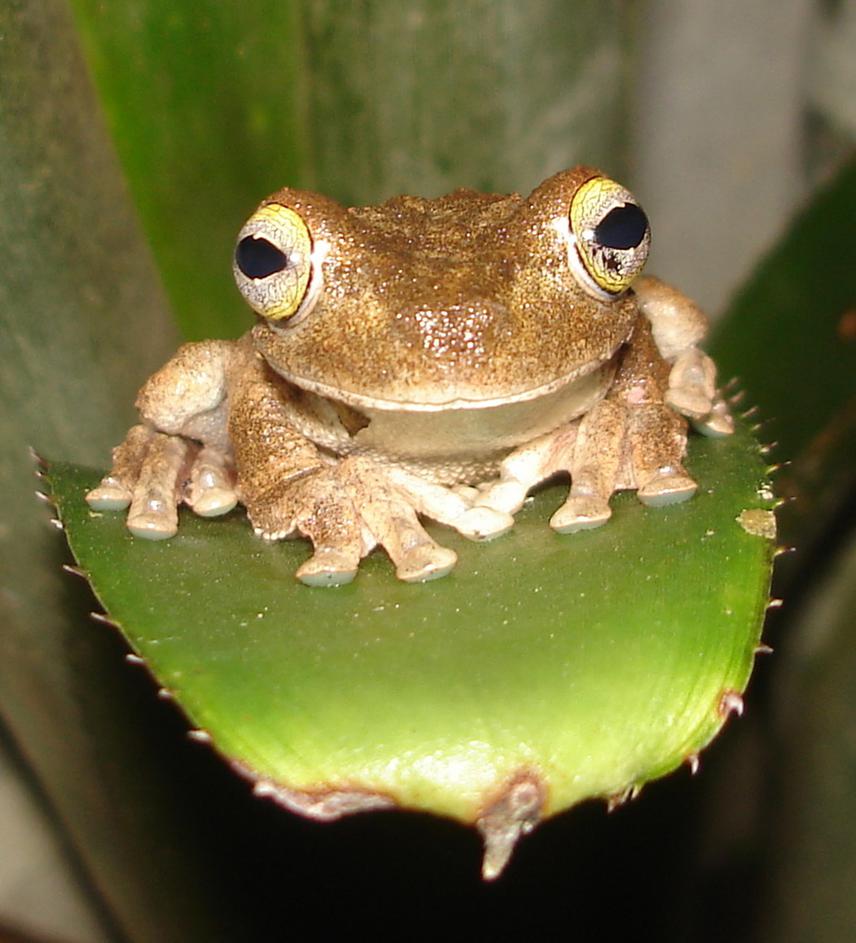Rodrigo Barbosa Ferreira
Other projects
31 Oct 2013
How Do Matrix-Habitat Types Influence Edge Effects? Ecological Perspectives of Local Farmers and Applied Field Study on Frogs at Brazilian Atlantic Rainforest
10 Sep 2018
Are Forest-Collected Bromeliads Used by Frogs? Integrating Field Research, Citizen Science and Outreach towards the Conservation of Bromeliad Frogs
14 Oct 2020
Integrating Field Research, Citizen Science and Outreach to Establish a Conservation Plan for Threatened Bromeliads and Associated Frogs in the Atlantic Forest
The aim of the project is to investigate the influence of four matrix habitat types surrounding a primary forest on community composition of frogs at different distance from the forest edge.

We propose to investigate the influence of four matrix habitat types surrounding primary forest patches on community composition of frogs at different distance from the forest edge. This is a critical study for Brazilian Atlantic rainforest because 90% of its historical range is composed of non-native habitat (matrix). By interviewing the local farmers, we aim to understand their perspective regarding ecological value and service of bromeliads and frogs. From this, we will design and distribute an informative booklet. At the end, a photographic exposition will summarize our results and transmit them to the local community.
This novel research proposal will contribute to biodiversity conservation in Brazil, a developing country harbouring the highest biodiversity on Earth. The proposed research has a strong emphasis on fieldwork with clear conservation application for this entire biome. Models of landscape ecology will certainly be more realistic by incorporating our results. Additionally by engaging local human perspective and biodiversity elements, our results can be used to develop long-lasting conservation practices for local farmers. This proposal, therefore, goes beyond a species-specific focus to provide habitat protection at a larger scale by contributing to knowledge for management practices in properties surrounding reserves. Furthermore we certainly will gather life-history information for several frogs currently listed as threatened and data deficient by the IUCN Red List.
Working directly with the local farmers, we will have more comprehensive assessment of their knowledge regarding the ecological value of bromeliads and frogs. From this essential diagnostic, we will design an informative booklet containing ecological and conservation information to distribute to the local villages and schools, strengthening conservation efforts with an educational element for local communities. Pictures of the interaction frog/bromeliad and the human perspectives will be summarized and exposed in the Museu de Biologia Mello Leitão at Santa Teresa municipality, contributing to increase the conservation perspectives of visitors.